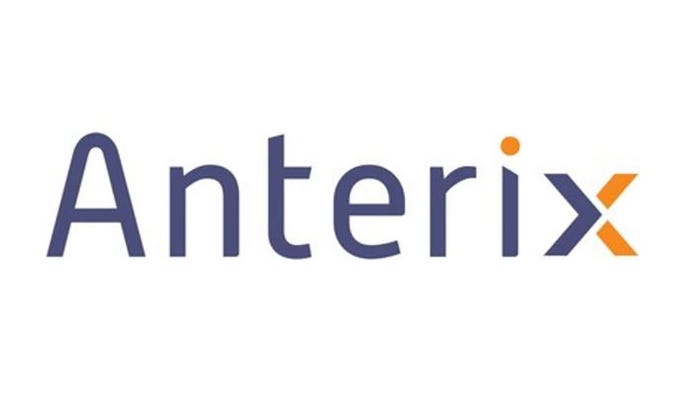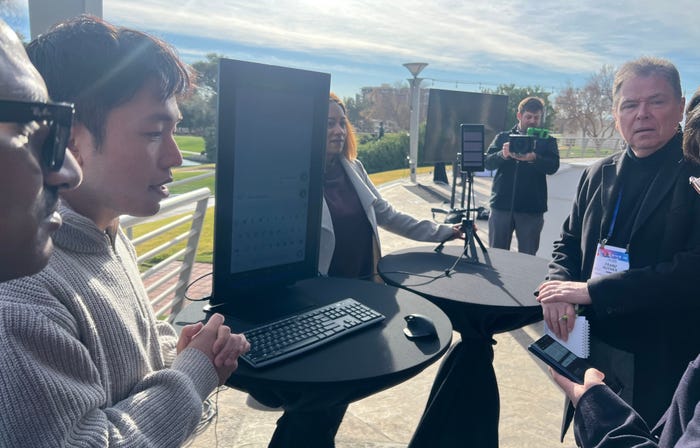‘Rip and replace’ lobbying grows louder‘Rip and replace’ lobbying grows louder

Players from across the telecom spectrum continue to push Congress to dig up more money to pay for the removal of Huawei and ZTE equipment from US networks.
So far though, companies participating in the FCC’s “rip and replace” program only stand to get about 40% of what they say they need to finish the job.
The latest: A top Democratic senator and one of the nation’s two Democratic FCC officials jointly penned a call to action on the issue: “The national security threat posed by Huawei and ZTE equipment in America’s networks is urgent,” they wrote.
Michigan Sen. Gary Peters and FCC Commissioner Geoffrey Starks also referenced the recent discovery of Chinese spy balloons over US airspace: “Let China’s spy balloon incursion be the catalyst for us to eliminate the threat of Chinese government intelligence operations already imbedded in our telecommunications infrastructure once and for all,” they wrote. “For the security of every American, Congress must act now to fully fund ‘rip and replace.'”
A growing chorus
Peters and Starks aren’t the only ones ringing the bell on the topic. “This is a bipartisan, national security issue that must be addressed immediately. Impacted carriers, their consumers, and the millions of Americans that roam on their networks must not be negatively impacted by insufficient funding. The time to act is now,” wrote Tim Donovan, the new president of the Competitive Carriers Association (CCA) in a recent statement. CCA is a trade association that represents many of the smaller telecom operators hoping to get money from the “rip and replace” program.
Similarly, “RWA looks forward to swift FCC and Congressional action to fully fund the Reimbursement Program,” the Rural Wireless Association wrote in its own recent statement. The RWA is another trade association that also represents many of the telecom operators in the program.
In other “rip and replace” developments: Windstream said it recently completed the removal of all Huawei equipment from its network. Windstream is asking for a total of $118 million from the program.
Separately, vendor Mavenir complained to the FCC that it is having difficulty navigating the paperwork involved in the program. “Mavenir noted that the Fund Administrator’s sole reliance on email communications, in most situations, has played a significant role in the lack of understanding and communication that has hampered efforts to complete this process efficiently,” the company wrote.
To read the complete article, visit Light Reading.



